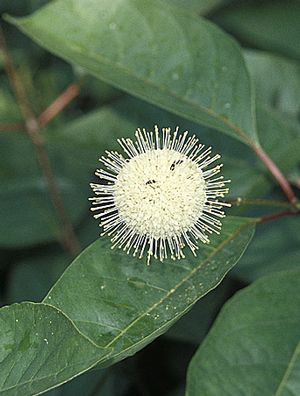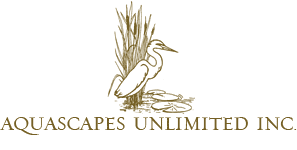
Cephalanthus occidentalis - Buttonbush
« Previous Plant | Next Plant »
Cephalanthus occidentalis
Buttonbush
More About Buttonbush
Cephalanthus occidentalis, Buttonbush, is one of the most important native shrubs for helping to preserve water quality and for enhancing wildlife habitat. The extensive fibrous root system of buttonbush pulls nutrients out of water and the water's edge. Buttonbush usually grows on banks, partly in water, but can grow in moist areas. It is an excellent choice for helping to reduce erosion. Butterflies and nectar-feeding insects are attracted to the two-inch diameter, spherical white blooms. Other insects feed on the foliage and often become fish food on windy days! (Fisherman have learned to cast near Buttonbush overhangs). The shrubs provide nesting areas for birds and shelter for many animals.
Bloom Color
WhiteCephalanthus occidentalis Characteristics & Attributes
|
Exposure
|
Mature Height
|
Spread Characteristics
|
Season of Interest (Flowering)
|
||||||||||||||||||||||||||||||||||||
|
Season of Interest (Foliage)
|
Pond Zonation
|
Foliage Color
|
Wildlife Benefits
|
||||||||||||||||||||||||||||||||||||
|
Critter Resistance
|
Wetland Indicator Status
|
Plant Type
|
Attributes
|
||||||||||||||||||||||||||||||||||||
|
USDA Hardiness Zone
|
